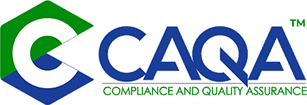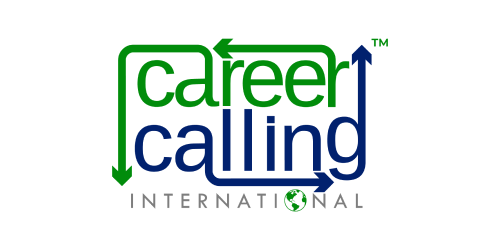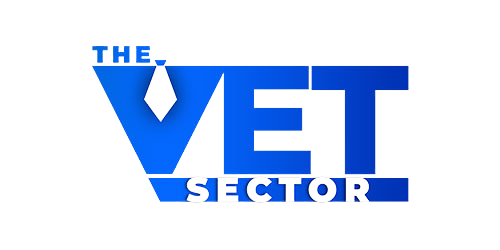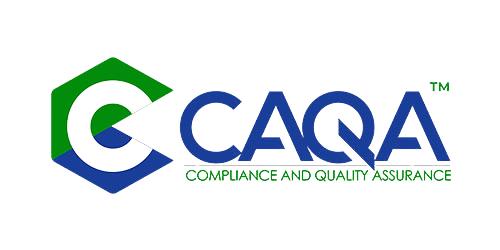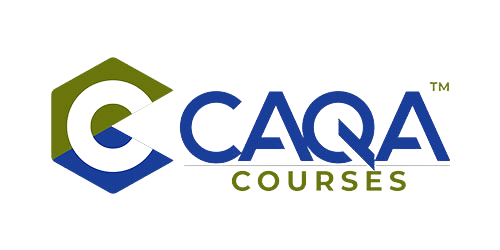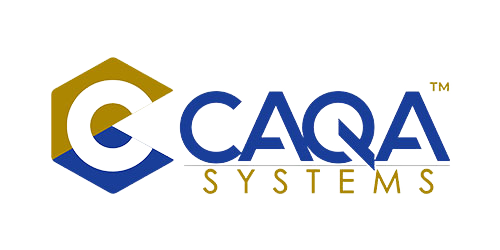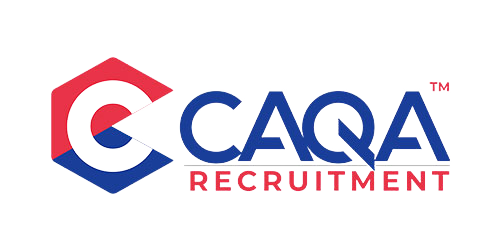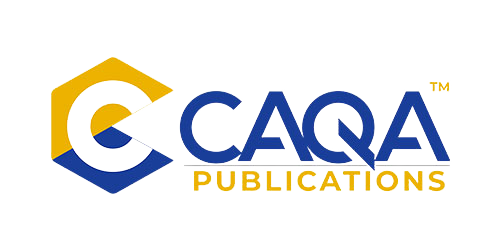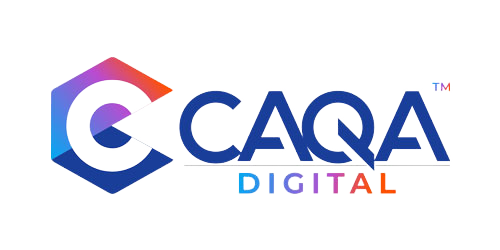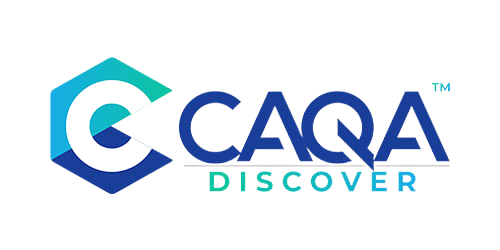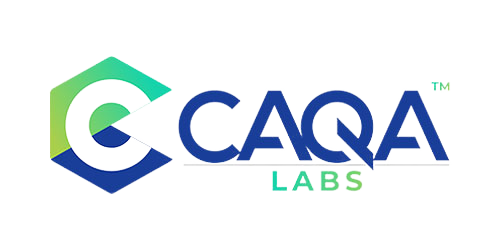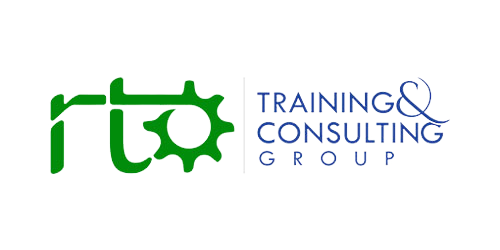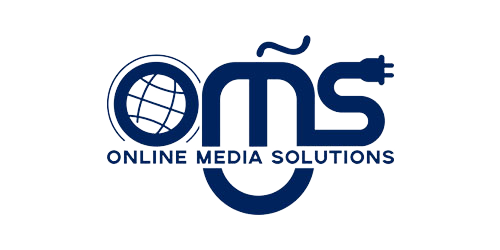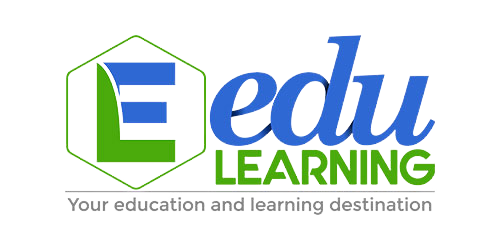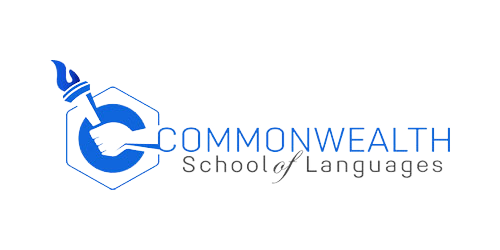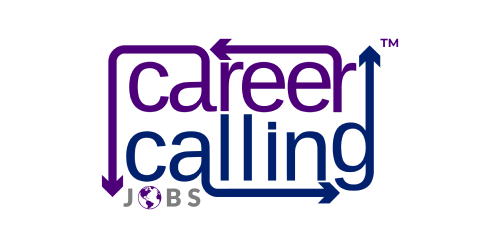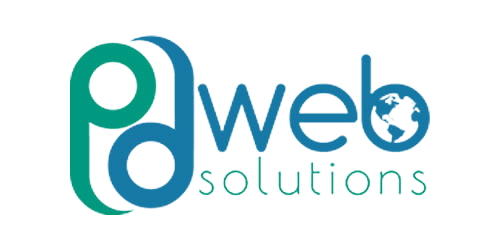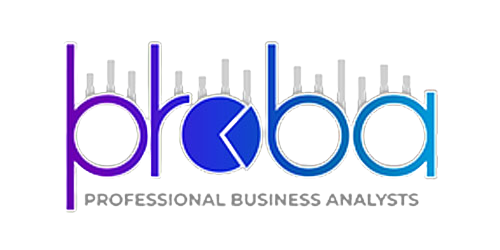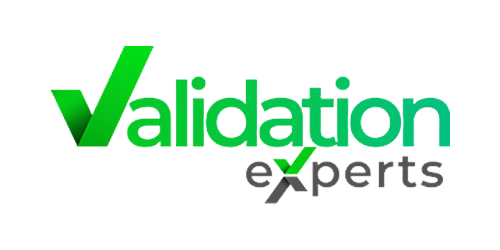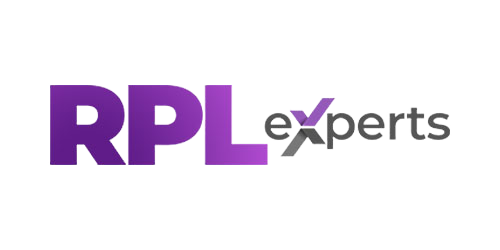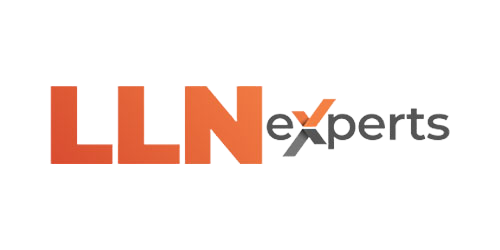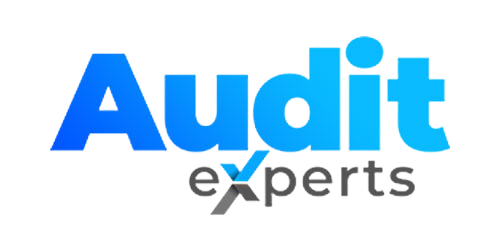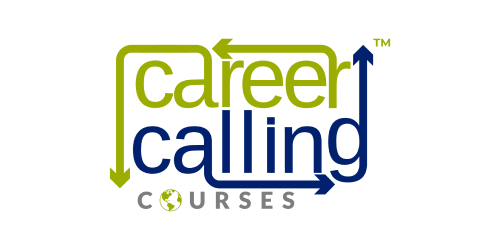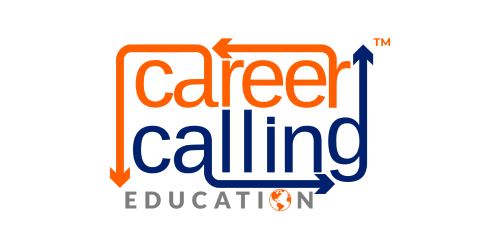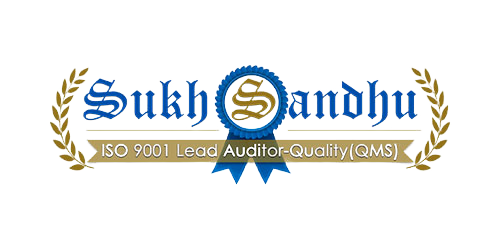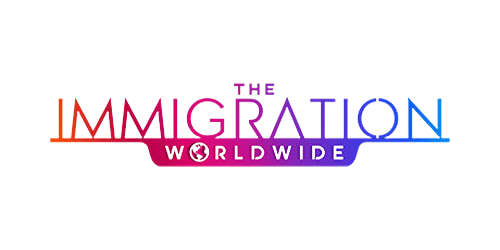Phase 1: Initial Assessment & Planning
Step 1: Conduct Gap Analysis
-
Review your current engineering programs against EA's three pillars (CP, CE, CQ)
-
Identify shortfalls in program structure, staffing, facilities, and quality systems
-
Assess current volume of learning (must total 1600-2000 hours for combined Diploma/Advanced Diploma)
Step 2: Secure Leadership Commitment
-
Obtain formal RTO commitment for the EA accreditation journey
-
Allocate budget for staff, resources, facilities, and external support
-
Establish an internal project team with clear accountabilities
Step 3: Review Staffing Requirements
-
Ensure a minimum of 8 full-time equivalent teaching staff
-
Verify that at least three staff have an engineering specialisation in the offered streams
-
Plan recruitment or professional development if gaps exist
Phase 2: Program Development
Step 4: Redesign Program Structure
-
Map units to EA Stage 1 Competency Standards
-
Ensure clear progression from Diploma to Advanced Diploma (no unit duplication)
-
Include a mandatory ethics unit (CPPCOM4001) and sustainability components
-
Plan capstone project integration (preferably RIICWD601E)
Step 5: Develop Assessment Strategy
-
Create authentic assessments aligned with performance criteria
-
Include diagnostic, formative, and summative assessment methods
-
Design professional practice component (minimum 30 days equivalent)
-
Implement moderation and validation processes
Step 6: Establish Quality Systems
-
Set up a formal advisory committee with industry representatives
-
Create learner feedback mechanisms and survey instruments
-
Develop continuous improvement processes and documentation systems
-
Establish benchmarking practices with comparable programs
Phase 3: Infrastructure & Resources
Step 7: Upgrade Facilities & Equipment
-
Ensure laboratories support hands-on, investigatory learning
-
Provide access to current industry software and simulation tools
-
Verify accessibility for learners with disabilities
-
Document equipment maintenance and replacement plans
Step 8: Develop Documentation
-
Create comprehensive unit mapping matrices
-
Prepare learner and assessor guides with clear performance criteria alignment
-
Document training and assessment strategies (TAS)
-
Establish record-keeping systems for audit readiness
Phase 4: Stakeholder Engagement
Step 9: Build Industry Partnerships
-
Establish a formal advisory committee with senior industry representatives
-
Develop workplace placement partnerships for professional practice
-
Create guest lecturer and industry expert networks
-
Document stakeholder feedback and program improvement responses
Step 10: Implement Pilot Programs
-
Test program delivery with small cohorts
-
Collect learner feedback and assessment validation data
-
Refine processes based on pilot outcomes
-
Document continuous improvement actions
Phase 5: Application & Evaluation
Step 11: Prepare EA Application
-
Compile a comprehensive documentation package
-
Include mapping evidence, staff profiles, and facility descriptions
-
Provide stakeholder engagement records and quality assurance evidence
-
Submit the application with the required fees
Step 12: Support Evaluation Process
-
Facilitate site visits and evaluation panel meetings
-
Present evidence of compliance across all three pillars
-
Respond to panel queries and requests for additional information
-
Implement any required improvements identified during evaluation
Phase 6: Ongoing Compliance
Step 13: Maintain Accreditation Standards
-
Conduct annual program reviews with stakeholder input
-
Monitor learner outcomes and industry feedback
-
Update curriculum based on industry changes
-
Prepare for 6-year accreditation renewal
Step 14: Continuous Quality Improvement
-
Regular assessment validation and moderation
-
Staff professional development programs
-
Facility and equipment updates
-
Benchmarking with other accredited programs
Key Success Factors
✅ Early Planning: Start preparation well in advance of the intended accreditation
✅ Adequate Resourcing: Budget for staff, facilities, and external support
✅ Industry Engagement: Establish genuine partnerships, not token consultation
✅ Documentation: Maintain comprehensive, traceable evidence
✅ Professional Support: Consider CAQA Resources for compliant materials and guidance
Need Help?
For comprehensive resources and support throughout this process:
-
Email: info@caqa.com.au
-
Website: www.caqaresources.com.au
-
Services: Gap analysis, program development, assessment tools, mapping documents, and ongoing compliance support
